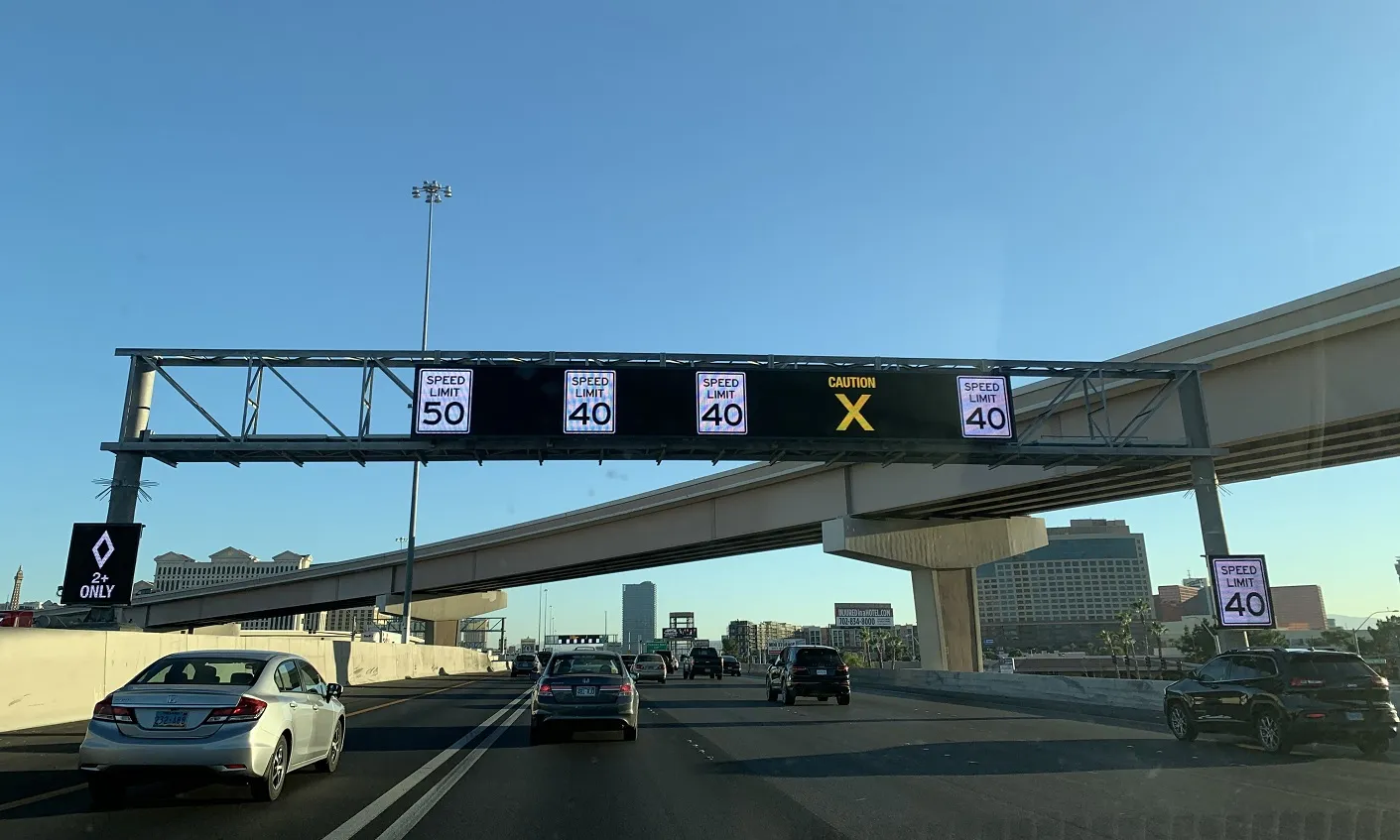Danish wireless technology company Blip Systems and its Canadian partner G4Apps have installed wireless sensors to help reduce traffic congestion on one of Ontario’s busiest highways, the Queen Elizabeth Way, which averages close to 200,000 vehicles per day.
The Ontario Ministry of Transportation (MTO) is using Blip Systems’ combined Bluetooth and wi-fi sensors to verify travel time prediction algorithms. BlipTrack sensor are mounted on posts at strategic points in the road network and detect wireless
November 14, 2013
Read time: 1 min
Danish wireless technology company 3778 Blip Systems and its Canadian partner G4Apps have installed wireless sensors to help reduce traffic congestion on one of Ontario’s busiest highways, the Queen Elizabeth Way, which averages close to 200,000 vehicles per day.
The Ontario Ministry of Transportation (MTO) is using Blip Systems’ combined Bluetooth and wi-fi sensors to verify travel time prediction algorithms. BlipTrack sensor are mounted on posts at strategic points in the road network and detect wireless signals from passing cars, recording the length of time taken to drive between locations.
The data enables MTO to detect changes in traffic patterns, better inform motorists and improve the capacity of existing roads.
The Ontario Ministry of Transportation (MTO) is using Blip Systems’ combined Bluetooth and wi-fi sensors to verify travel time prediction algorithms. BlipTrack sensor are mounted on posts at strategic points in the road network and detect wireless signals from passing cars, recording the length of time taken to drive between locations.
The data enables MTO to detect changes in traffic patterns, better inform motorists and improve the capacity of existing roads.










